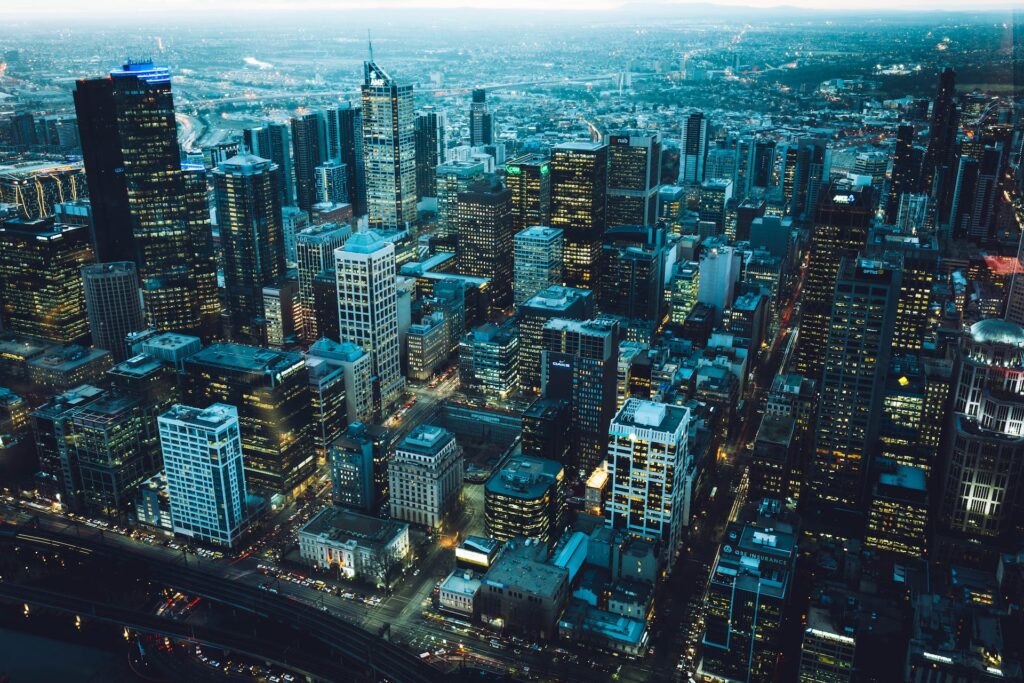Blue Screen of Death (BSoD), also known as “bluescreen,” stop error, and “system crash”, can occur when Windows 10 cannot fix the problem.
The blue screen problem is mostly caused by Windows 10 upgrades. The background is boring and doesn’t give enough information to identify the problem.
How to fix File System Error (-805305975)
An alert will appear stating that your computer has been affected by an error and needs to be restarted. We’re just gathering information to restart your computer. Or general stop error codes (such as VIDEO_TDR_TIMEOUT_DETECTED, PAGE_FAULT_IN_NONPAGE_AREA, CRITICAL_PROCESS_DIED, SYSTEM_SERVICE_EXCEPTION, DPC_WATCHDOG_VIOLATION, or IRQL_NOT_LESS_OR_EQUAL). These symbols are common. This blue error is in Windows 10 Guide.
HOW CAN YOU FIX THE BLUE SCREEN ISSUE AFTER WINDOWS 10 UPGRADE?
When you upgrade to Windows 10, blue screen issues may occur. There are many reasons this could happen. This could be due to compatibility issues with older versions of security software. This could be caused by unreadable or damaged installation discs or data that has been lost or corrupted in the most recent version.
If there is an error, the program will normally adjust the changes to the original version of the program without explaining why.
Uninstalling unwanted applications, fixing corrupted or damaged downloads, and removing peripherals may resolve problems with Windows 10.
Uninstall an incompatible application
These steps will allow you to get rid of any app that might be in conflict with Windows 10:
- Open the Options.
- Click the Apps.
- Apps and Features.
- Click on the icon to remove the program that is causing problems.
- Click the Remove button again.
- A quick warning: If you wish to delete an older desktop app, you might need to follow the instructions on your display.
As there may be multiple causes, stopping errors can’t give an exact answer. It is most often caused by an update or feature compatible Windows 10, recently installed driver, application or problem that is directly connected.
You’ll be shown how to do it. The upgrade will then be available again. After the upgrade is completed, you can start the program again.
Download installation file
Sometimes, Windows Update may fail to install Windows Update. This occurs when one or more installation files are damaged during the download process. To delete files you have already downloaded, and allow Windows Update to redownload them, go to Settings > Settings
These steps will allow Windows Update to redownload the upgrade files.
- Settings. Go to the Settings.
- Hit The System.
- Select the Storage.
- Click the temporary files item under the Local Disk section.
- Source: Windows Central
- Uncheck all boxes.
- Choose the option that you wish to install Temporary Windows Install Files. option.
- Source: Windows Central
- Click the Remove Files button.
Once you’ve completed the process click on Windows Update. Once you’re done, click on Windows Update Settings to try to upgrade again.
If you have the same problem, the Update Assistant app can be used to perform an upgrade on-site. If the Update Assistant application does not work, you can use the Media Creator tool for creating an installation media.

